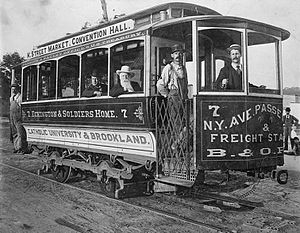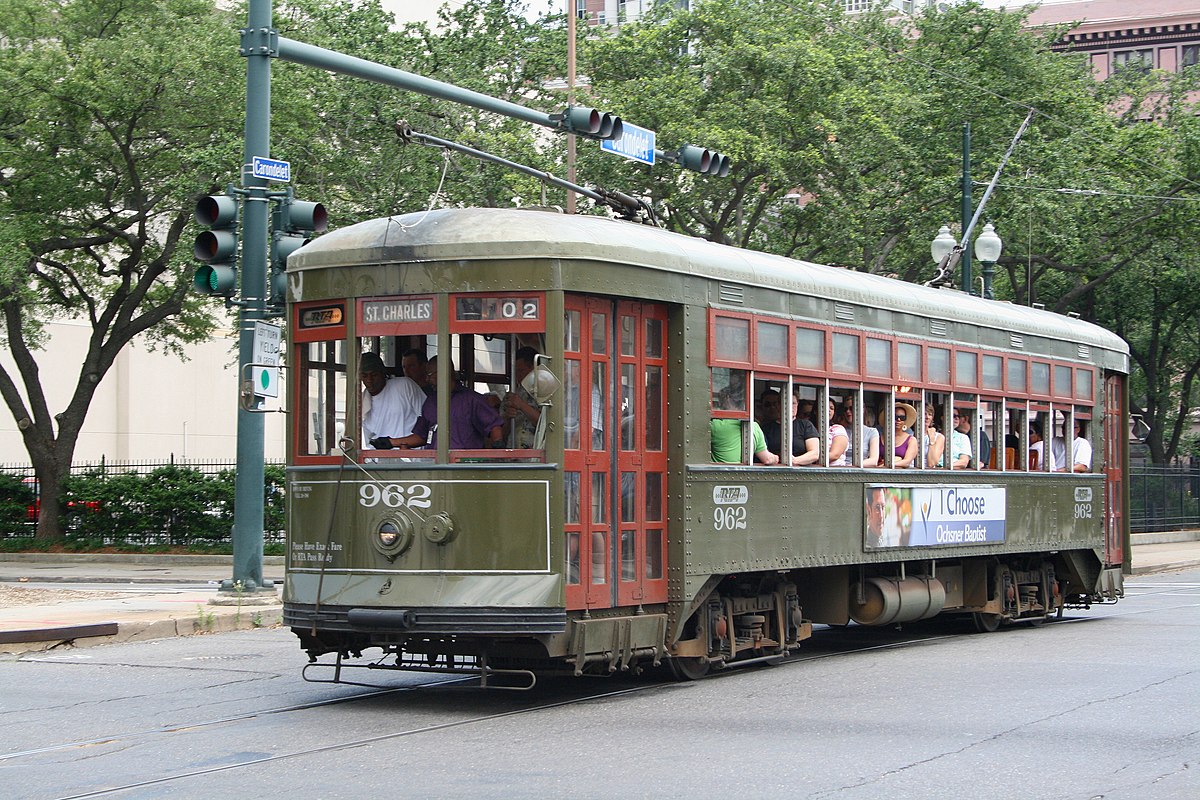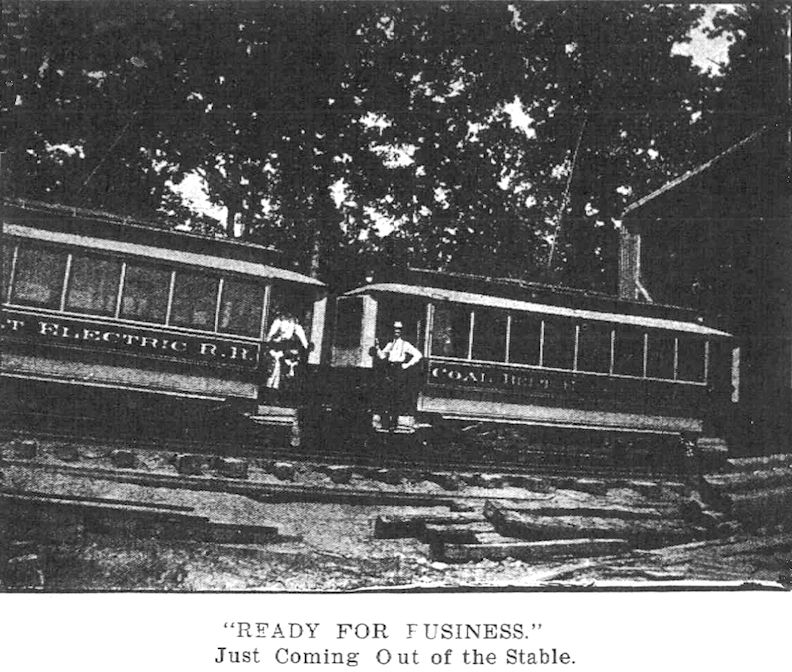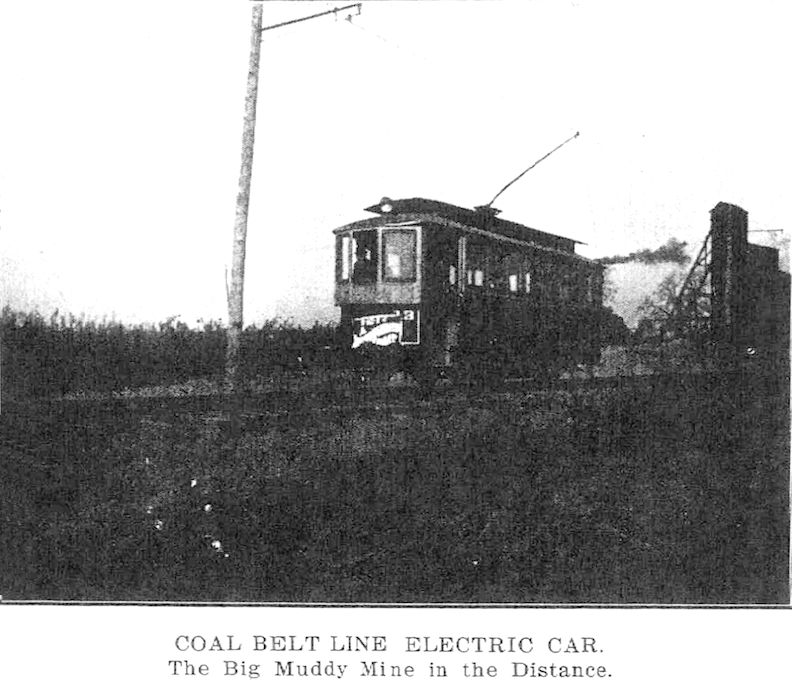“The coming of the “hard” roads to Southern Illinois in the 1920’s, some called it “coming out of the mud” — was a mixed blessing. It provided a more reliable surface for those who could afford Essex, Oakland, Hupmobile and other motor cars. And it helped the budding bus lines of the day. But it killed off another serviceable economical means of public transportation, the electric railroad.
You may be familiar with what a cable car is. After all they are still in existence in places like
- Toronto
- New Orleans
- Philadelphia
- Dallas
- New Orleans
Possibly the most known spot for cable cars is San Francisco. The cable cars there started running in 1892. A heritage streetcar line still runs with a variety of antique streetcars.
Cable cars ran on steel rails with a slot between the tracks where an underground cable runs at a continuous nine miles per hour. The cable itself runs from a central powerhouse from huge winding wheels. Cable cars are completely mechanical and have no means of independent locomotion with no need of a motor. The underground cable is gripped like a pair of pliers. Running originally on steam power electricity would later become the main power source.
History of Cable Cars:
Cable Cars were invented in 1873 by Andrew Hallidie. First meant to scale the many hills of San Francisco other cities would borrow the concept as well. Cable cars are not 'trolleys' as trolleys use a trolley pole to get power from an overhead wire Cable cars are also easily id'd by the open end sections of running boards where riders can stand outside the car.
Southern Illinois History:
Here in Southern Illinois a electrical railway was one that fit the time and needs of the area. Known as the Coal Belt Electric Railway it was also known as "the trolley line" "the street car line" The line served the towns of Marion, Carterville, Herrin and places in between. Coal miners would ride the line back and forth, shoppers, visitors, sports fans and anyone who just needed a ride would ride the line.
In existence starting in May 28, 1901 the streetcar line was established by the Peabody Coal co. The establishment of the street car line would lead to a small town known as Energy to be established as well. Stops on the route included the coal company, electric park, and the little towns that were connected. The popularity of the trolley line grew during the First World War. In fact, there were times that so many passengers depending on the line that there were no seats and standing only riders took place. Every day the line would run between 7 am and 11 pm. The last run of the day was known as the "Owl Run" After the war things would change and eventually the line would become obsolete.
The last run of the Coal Belt line was November 15, 1926. In some places even today, if you look close enough you can still see remnants of that street car system that was oh so popularly needed.
retweet post here
shared at these blog hops, linkups and parties
shared at these facebook group linkups






No comments:
Post a Comment
I love comments so if you have a minute leave me your thoughts on the above post